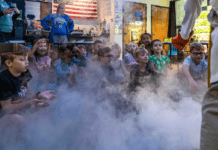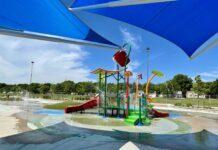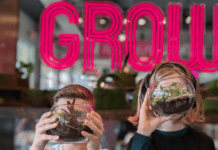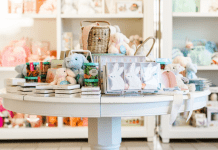This is Part 2 of Ginny’s experience with The Sound Case – read Part 1 here!
“Hey mom,what does this spell: P-R-D-J-K-S-P-A-X-Q?”
Ummm, nothing.
For the last several months my four-year-old had been in the ‘incoherent string of letters’ stage of pre-reading. “F-X-B-P-H-J-Q-B-K?”
Can I buy a vowel?
Adorable, but I am excited to say that after months of this, and now that we’re doing The Sound Case, he’s essentially stopped – and even better, producing letter combinations that actually blend. It is so exciting. I feel like we’re on the fast track to reading and spelling. I’m loving that he has solidly passed letter recognition, mastered sounds, and is now demonstrating how he’s starting to put those sounds together.
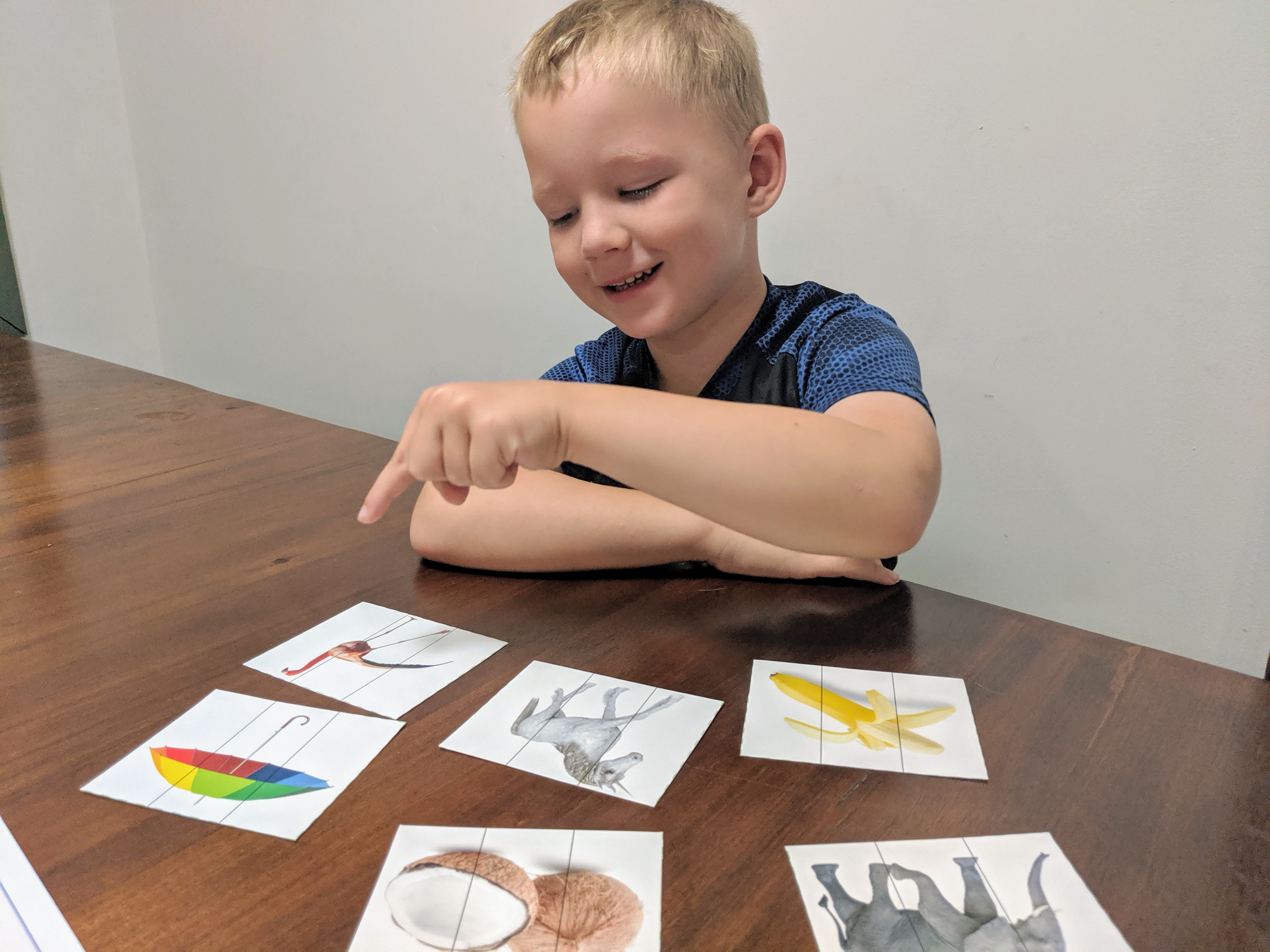
We have been using The Sound Case now for several weeks. He passed the preliminary lessons, and we are currently in the meat of the program. Twice a week we’re carving out an hour to do “his schoolwork” and he is still loving seeing that the case is out and it is time to do a lesson. It is taking me up to twenty minutes before we dive in together to familiarize myself with the lesson and gather materials. It’s amazing to see how the concepts, sounds, and segmenting that are being introduced in each lesson click with him.
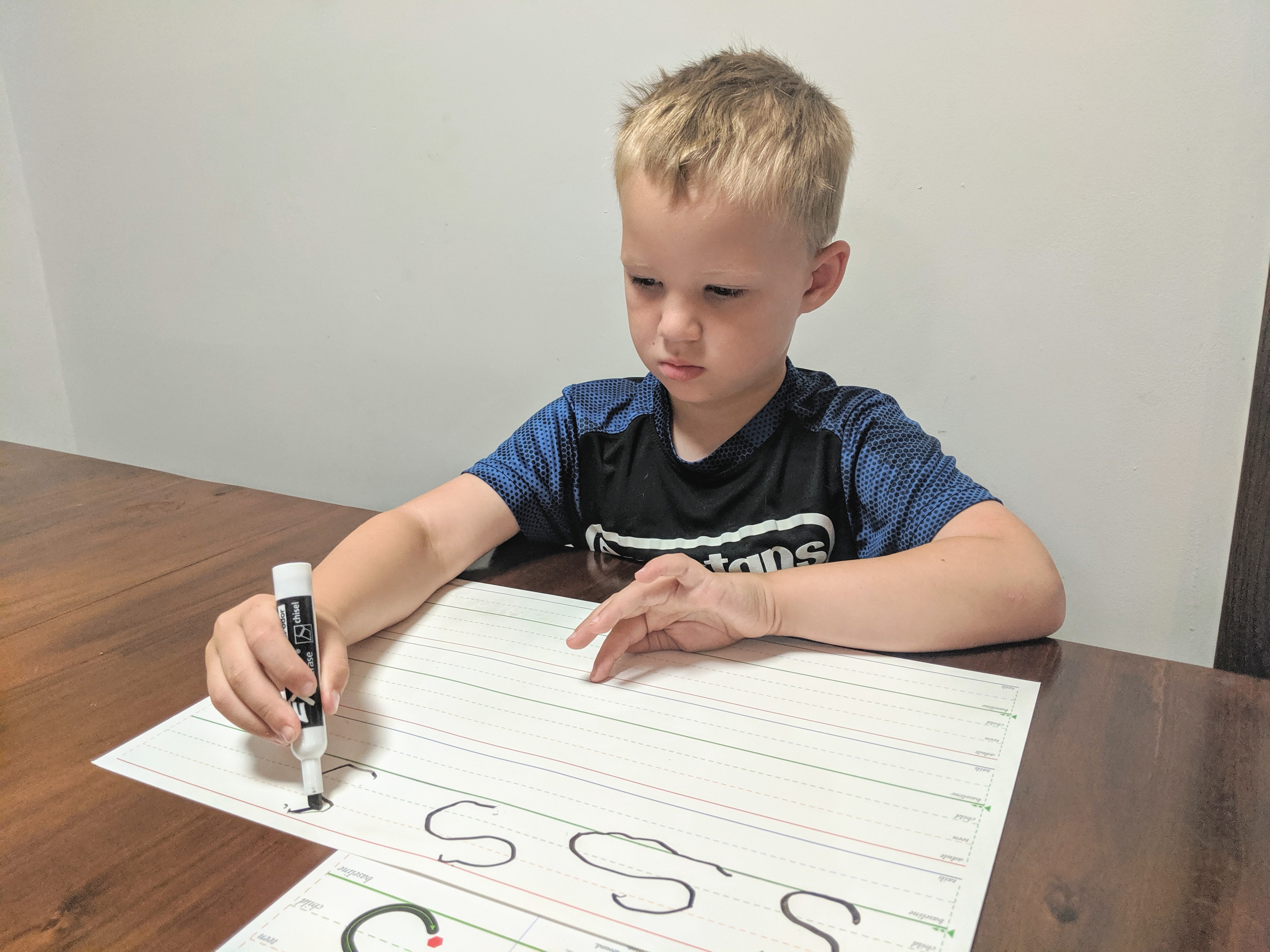
With the extension activity and the handwriting practice, I’m seeing concepts cemented and the repetition I know it is going to take for him to be a confident reader and student. Summer has been the perfect time for us to explore The Sound Case. The flexibility can’t be beat. We are easily scheduling it between sports and swimming, bug catching and Popsicle eating. The lessons themselves are fun because there is always something for him to manipulate and extra time for us to cuddle up with a book. I’m excited to see his growth as we finish the Sound Case later this month.
So what exactly will my child learn through this program?
The Sound Case™ has 43 lightly scripted lesson plans include activities covering the following:
• concepts of print while reading aloud to young children
• expressive and receptive vocabulary
• phonological awareness
• letter recognition
• alphabet knowledge
Each lesson ends with an extension activity that is creative, fun and helps concepts stick!





